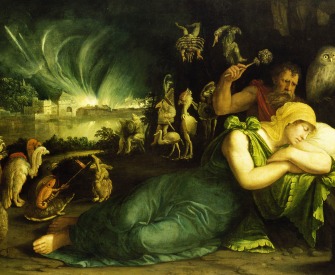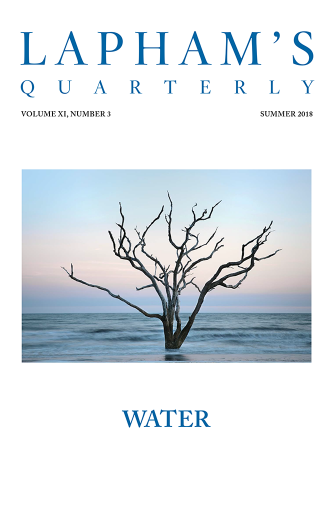They were wonderful men, the early astronomers. That was a great conception, which now seems to us so simple, that the earth turns upon its axis, and a still greater one that it revolves about the sun (to show this last was worth a man’s lifetime, and it really almost cost the life of Galileo).
Somehow we are ready to think that they had a wider field than we for speculation, that truth being all unknown, it was easier to take the first step in its paths. But is the region of truth limited? Is it not infinite? We know a few things which were once hidden, and being known, they seem easy; but there are the flashings of the northern lights—“Across the lift they start and shift”; there is the conical zodiacal beam seen so beautifully in the early evenings of spring and the early mornings of autumn; there are the startling comets, whose use is all unknown; there are the brightening and flickering variable stars, whose cause is all unknown; and the meteoric showers—and for all of these, the reasons are as clear as for the succession of day and night; they lie just beyond the daily mist of our minds, but our eyes have not yet pierced through it.
From her diary. In October 1847, at the age of twenty-nine, Mitchell discovered a comet, becoming the first American woman to do so; the following year she was elected to the American Academy of Arts and Sciences, becoming its first female member. When Vassar College opened in 1865, Mitchell accepted an appointment as director of the observatory and professor of astronomy, positions she held until a year before her death, in 1889. Her two favorite planets, according to her successor, were Jupiter and Saturn.
Back to Issue


